The favorite foods of historic icons
History is not just a tale of wars and politics; it’s also a feast of flavors and culinary curiosities. Throughout the ages, many iconic figures have had unique tastes that give us a peek into their personal lives and the times they lived in.
From emperors to artists, their favorite dishes tell stories of passion, indulgence, and sometimes, simplicity. Let’s embark on a delicious journey through history and savor the favorite foods of some of the most fascinating personalities.
Julius Caesar’s Love for Asparagus
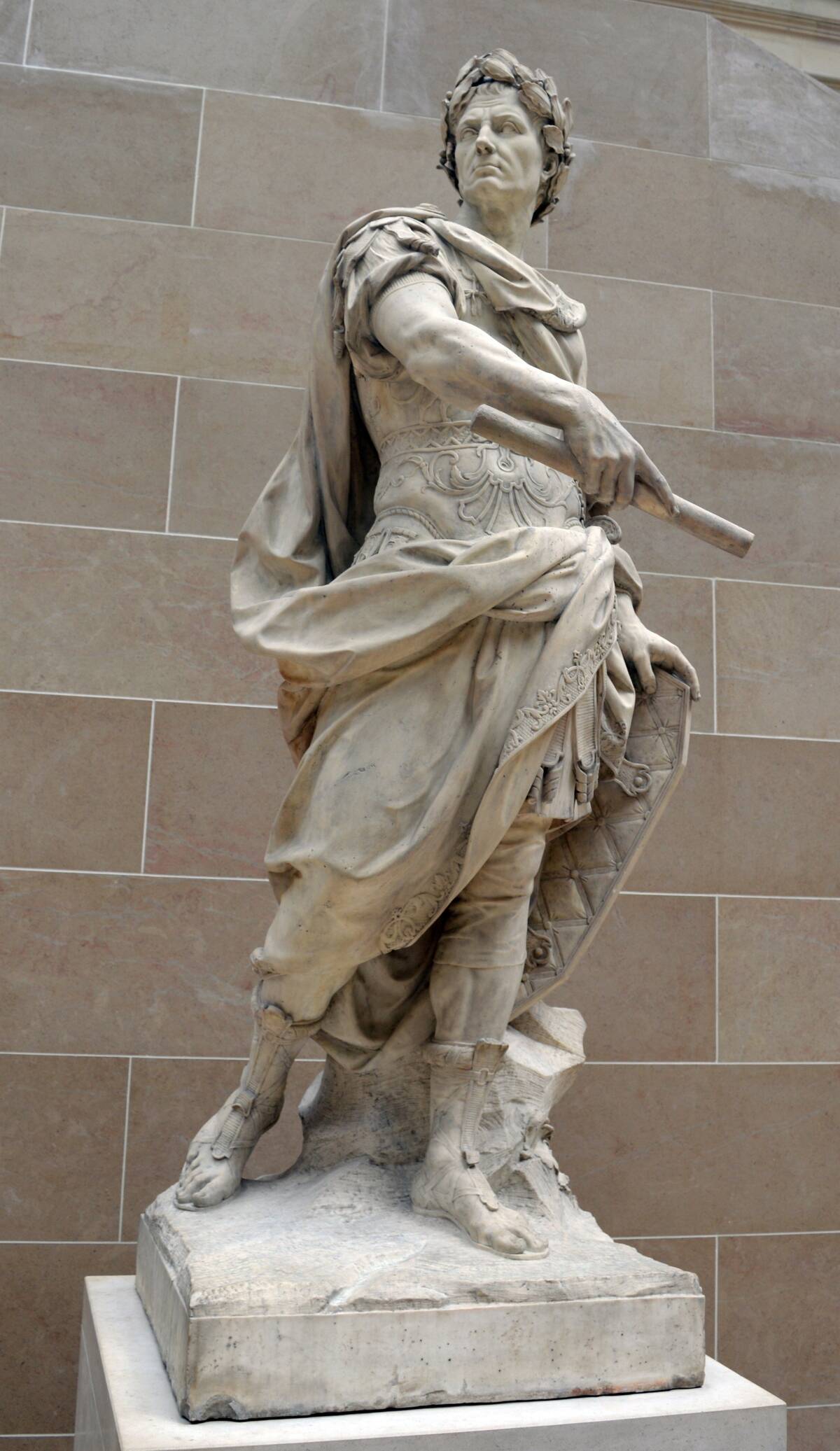
Julius Caesar, the renowned Roman leader, had a penchant for asparagus. This green vegetable was not just a side dish but a culinary delight in ancient Rome. Indeed, Caesar’s successor, Augustus, shared his mentor’s appreciation for the vegetable so much that he assigned a special fleet to keep it stocked.
Caesar reportedly enjoyed it with melted butter, a luxury at the time, showcasing the Roman’s affinity for indulgent flavors. Asparagus was considered a sign of wealth and refinement, making it a fitting favorite for a man who commanded empires.
Cleopatra’s Luxurious Fig Feast
![[redacted], c](https://media.tellmebest.com/wp-content/uploads/2023/08/cleopatra-c-49446.jpeg)
Cleopatra, the last pharaoh of ancient Egypt, was known for her opulent lifestyle and sumptuous feasts. Figs were among her favorite indulgences, often featured in her lavish banquets.
Symbolizing fertility and prosperity, figs were not only a culinary delight but also a political statement of abundance. Cleopatra’s love for figs reflects her desire to portray Egypt as a land of plenty amidst political turmoil.
Leonardo da Vinci and His Vegetarian Delights
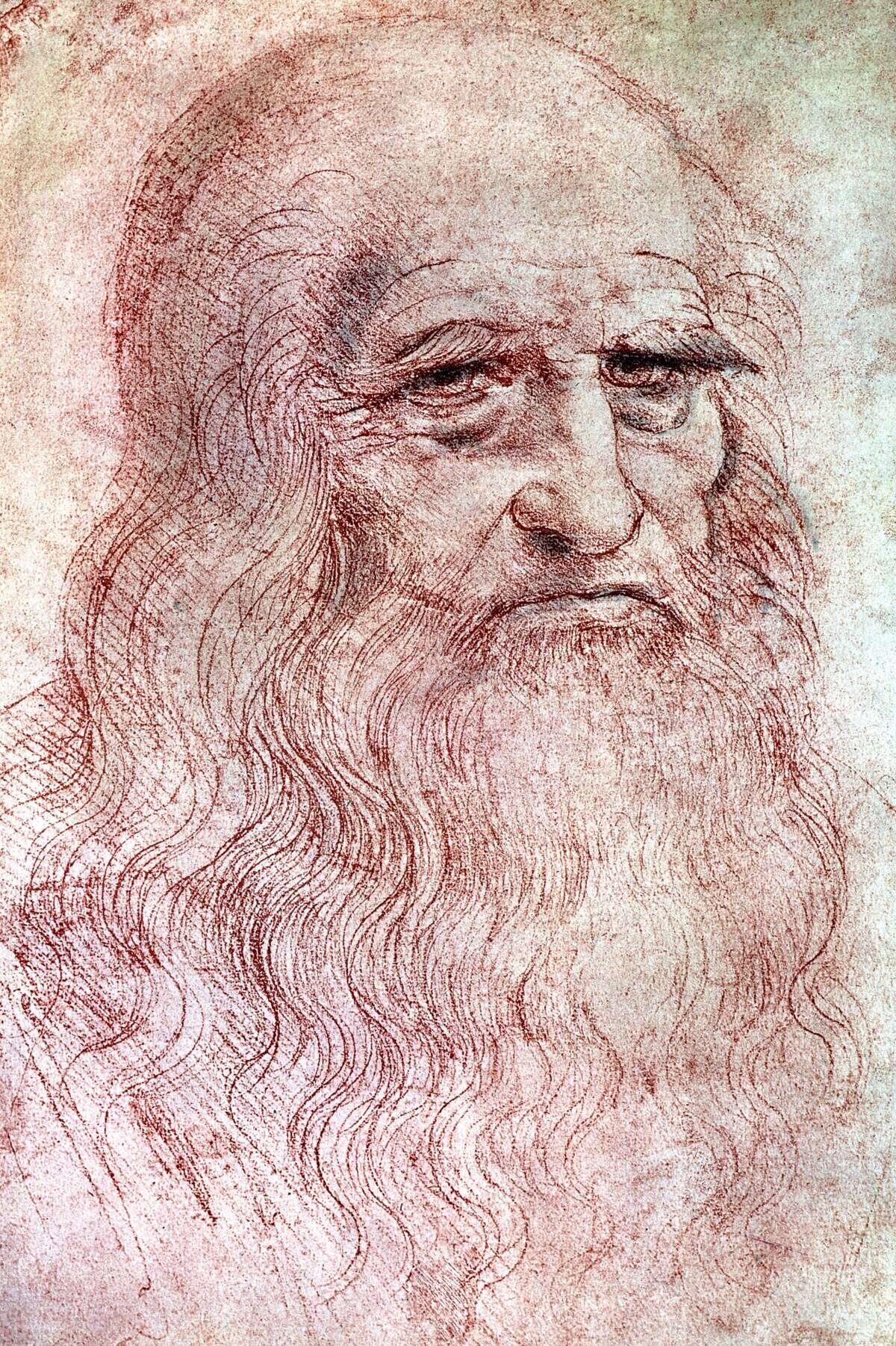
The Renaissance man, Leonardo da Vinci, was not only a master in art and science but also a pioneer in his dietary choices. Though not strictly documented, da Vinci is often associated with a vegetarian diet, partially due to his opinions on the treatment of animals.
He believed in simplicity and often opted for vegetables, legumes, and fruit. This choice reflected his philosophical views on life and nature, emphasizing harmony and balance.
Queen Elizabeth I’s Sugary Indulgences
![[redacted], Queen of England and Ireland, c1588. Artist: George Gower](https://media.tellmebest.com/wp-content/uploads/2020/09/463894711-14781.jpg)
Queen Elizabeth I had a notorious sweet tooth, a rarity in her time when sugar was a luxury. She particularly enjoyed candied fruits and marzipan, often indulging during royal banquets.
Her fondness for sugar was so well-known that it was rumored her teeth were blackened from sugar consumption. Elizabeth’s sugary indulgences were largely available to England’s wealthiest residents like herself, but spread to the public at large as sugar became more widely available in the decades after her death.
George Washington’s Cherry Obsession
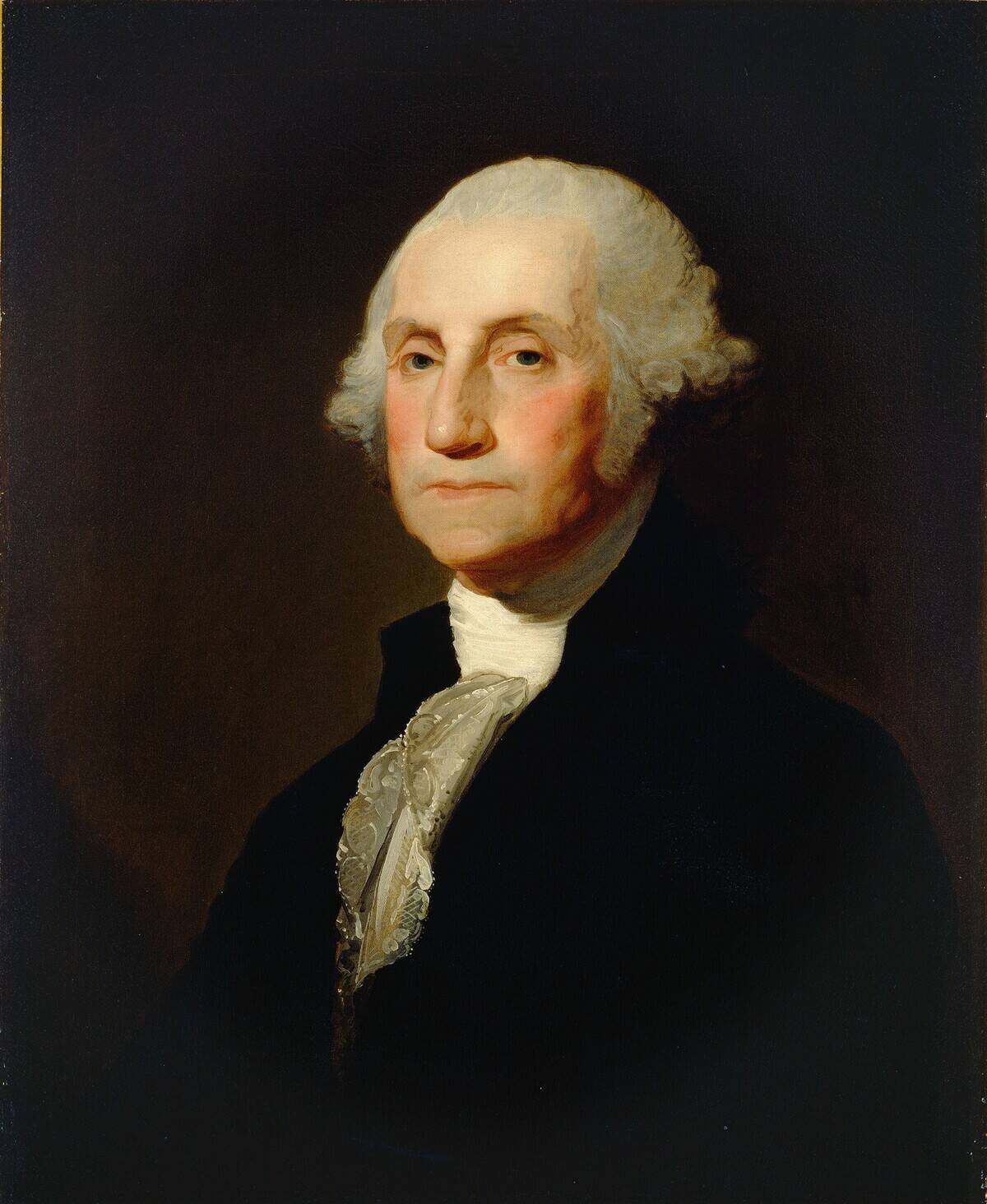
America’s first president, George Washington, is famously linked to cherries, partially due to the apocryphal tale of him chopping down a cherry tree. In reality, Washington had a genuine fondness for cherries, often enjoying them fresh from his Mount Vernon estate.
His love for cherries was so well-documented that his estate included an orchard, highlighting the fruit’s importance in his daily life and diet. Indeed, some of those cherries (among other fruits) were discovered perfectly preserved centuries later.
Napoleon Bonaparte’s Chicken Marengo
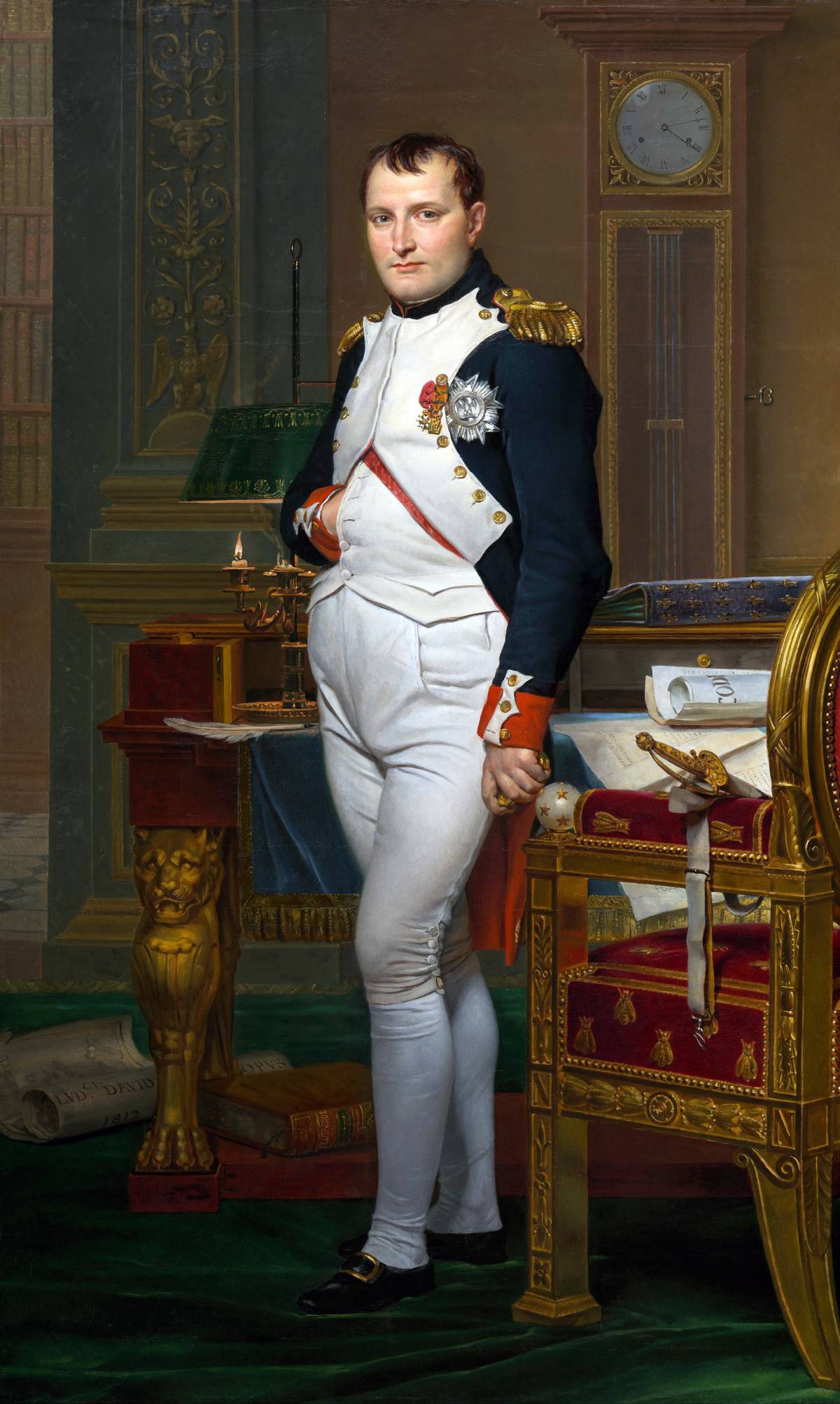
Napoleon Bonaparte, the legendary French military leader, is associated with Chicken Marengo, a dish reportedly created after a victorious battle. Legend has it that after his triumph at the Battle of Marengo, Napoleon’s chef whipped up a meal using available ingredients: chicken, tomatoes, onions, and crayfish.
However, this story is largely considered mythical today, as tomatoes wouldn’t have been available at the time and the first recipes for the dish (including the one reproduced by Tasting History) didn’t include them. Nonetheless, it is plausible that Napoleon enjoyed this early version of Chicken Marengo.
Abraham Lincoln’s Simple Apple Delight
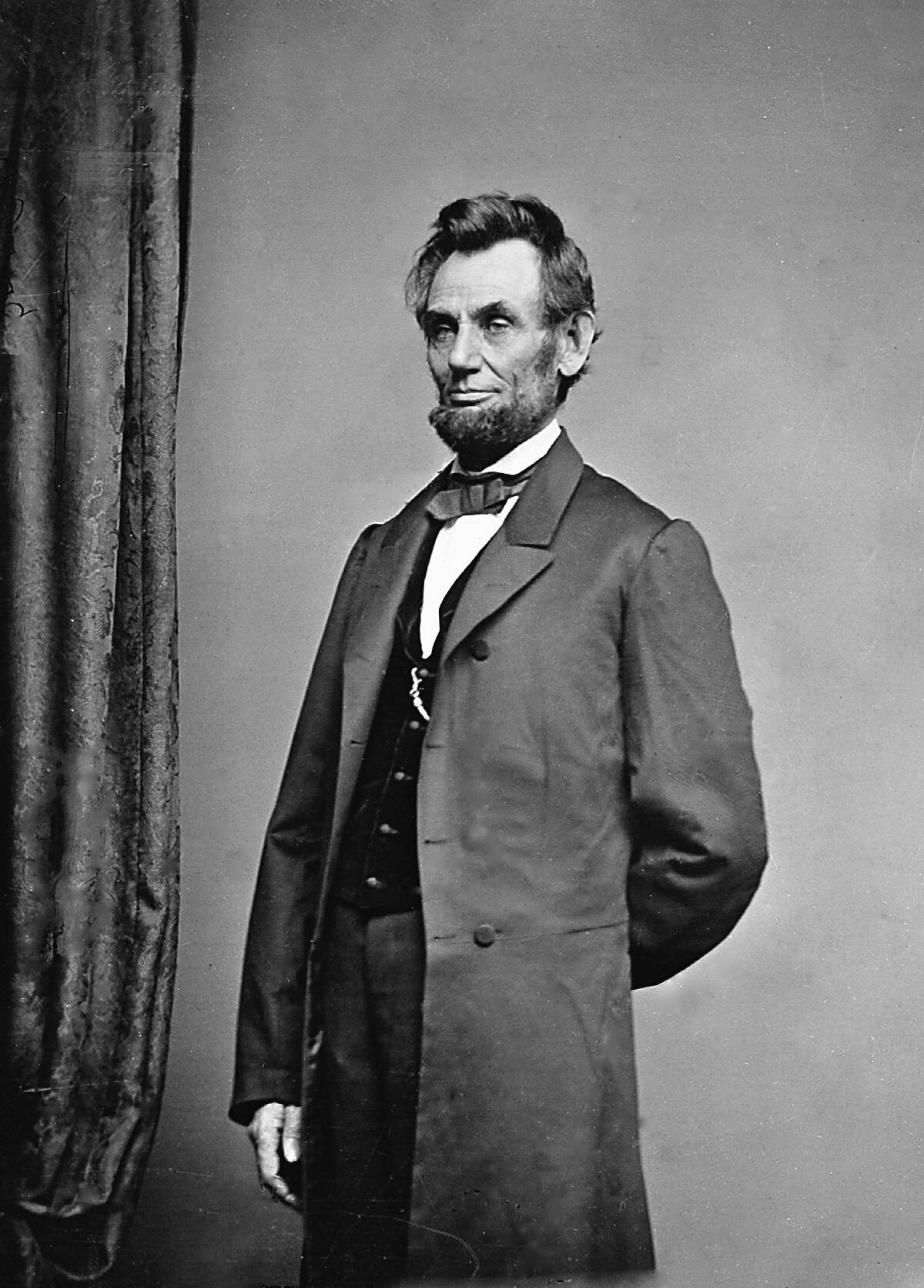
Abraham Lincoln, known for his humble origins, preferred simple, homey foods, with apples being a notable favorite. He often enjoyed them fresh, as well as in pies and apple cider.
This choice mirrored his straightforward and unpretentious personality. It was also reflected in his other dietary loves, such as bacon and corn cakes, which he ate about as enthusiastically.
Vincent van Gogh’s Bread and Coffee Diet

Vincent van Gogh, the post-impressionist artist, lived a life marked by simplicity and financial hardship, which reflected in his diet. He often subsisted on bread and especially coffee when he was at his most cash-strapped in 1888.
According to Artnet News, he lived off stray crusts of bread and about 23 cups of coffee for about a week. These humble meals were not just a matter of necessity but also a reflection of his dedication to his art, often prioritizing painting supplies over substantial foods.
Mohandas Gandhi’s Simple Rice and Vegetables
![Mahatma [redacted]](https://media.tellmebest.com/wp-content/uploads/2024/11/mahatma-gandhi-28048.jpeg)
Mohandas “Mahatma” Gandhi, the leader of the Indian independence movement, was a staunch advocate of simple living and vegetarianism. His diet primarily consisted of rice, vegetables, fruits, wheat, and other raw staples, reflecting his philosophy of non-violence and self-sufficiency.
Gandhi believed in eating minimally and sustainably, principles he adhered to as part of his broader vision for an independent and self-reliant India.
Albert Einstein’s Spaghetti Fascination
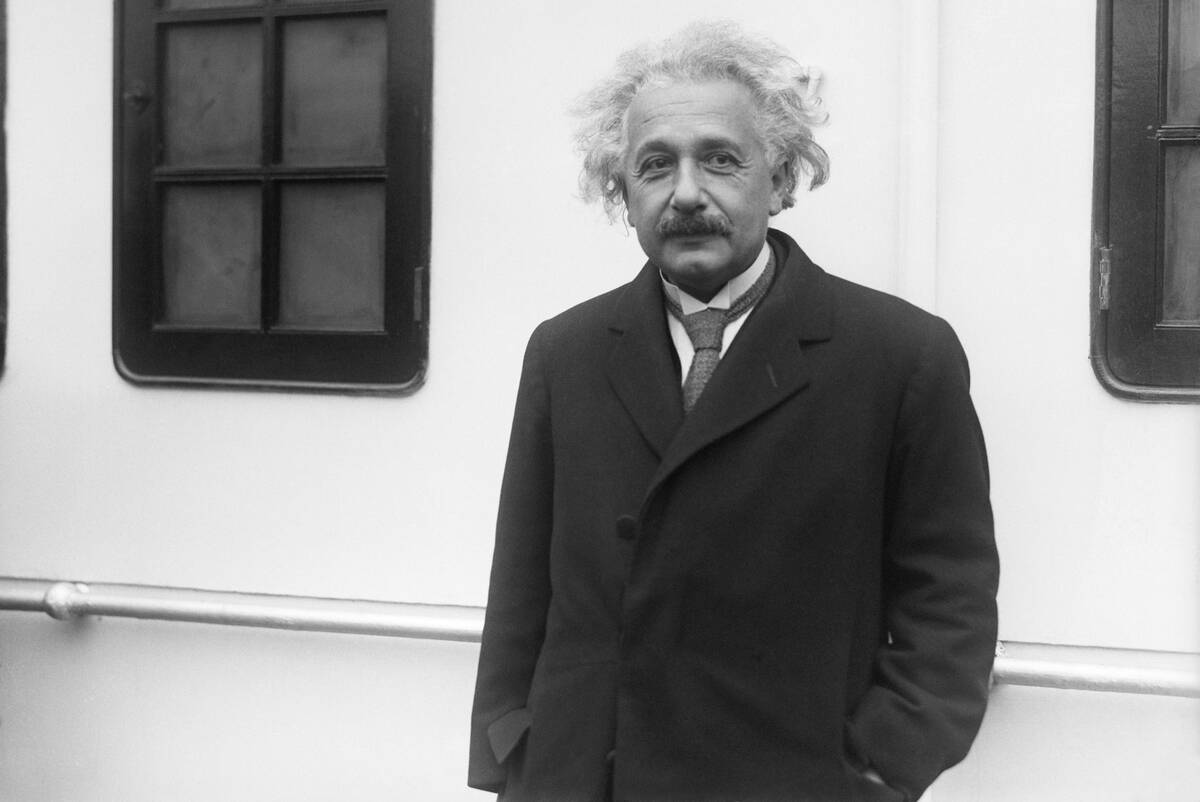
Albert Einstein, the genius physicist, had a surprising fondness for spaghetti. Known for his eccentric habits, Einstein appreciated the simplicity and comfort of this Italian staple.
He often enjoyed it with a touch of olive oil and garlic, reflecting his appreciation for straightforward, flavorful meals. Einstein’s love for spaghetti was a small but delightful contrast to his complex theories and groundbreaking work.
Winston Churchill’s Shellfish and Stilton
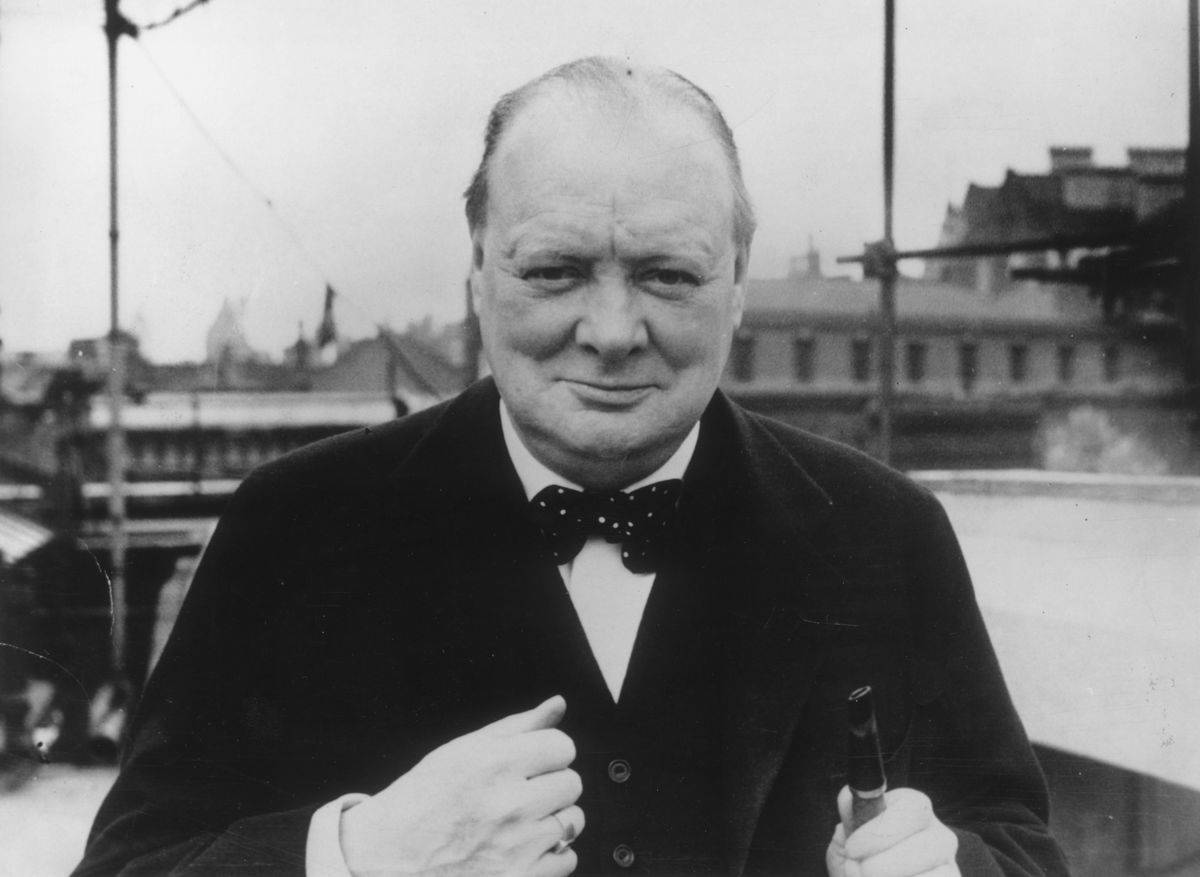
Winston Churchill, the indomitable British Prime Minister, was known for his hearty appetite, particularly for shellfish like lobster and especially raw oysters, and Stilton cheese. These robust flavors matched his larger-than-life personality and were often part of his wartime meals.
Churchill’s other culinary preferences (like roast beef and Yorkshire pudding) reflected the traditional British fare, indicative of his patriotism and love for the comforts of home during challenging times.
Marilyn Monroe’s Steak and Carrots Routine
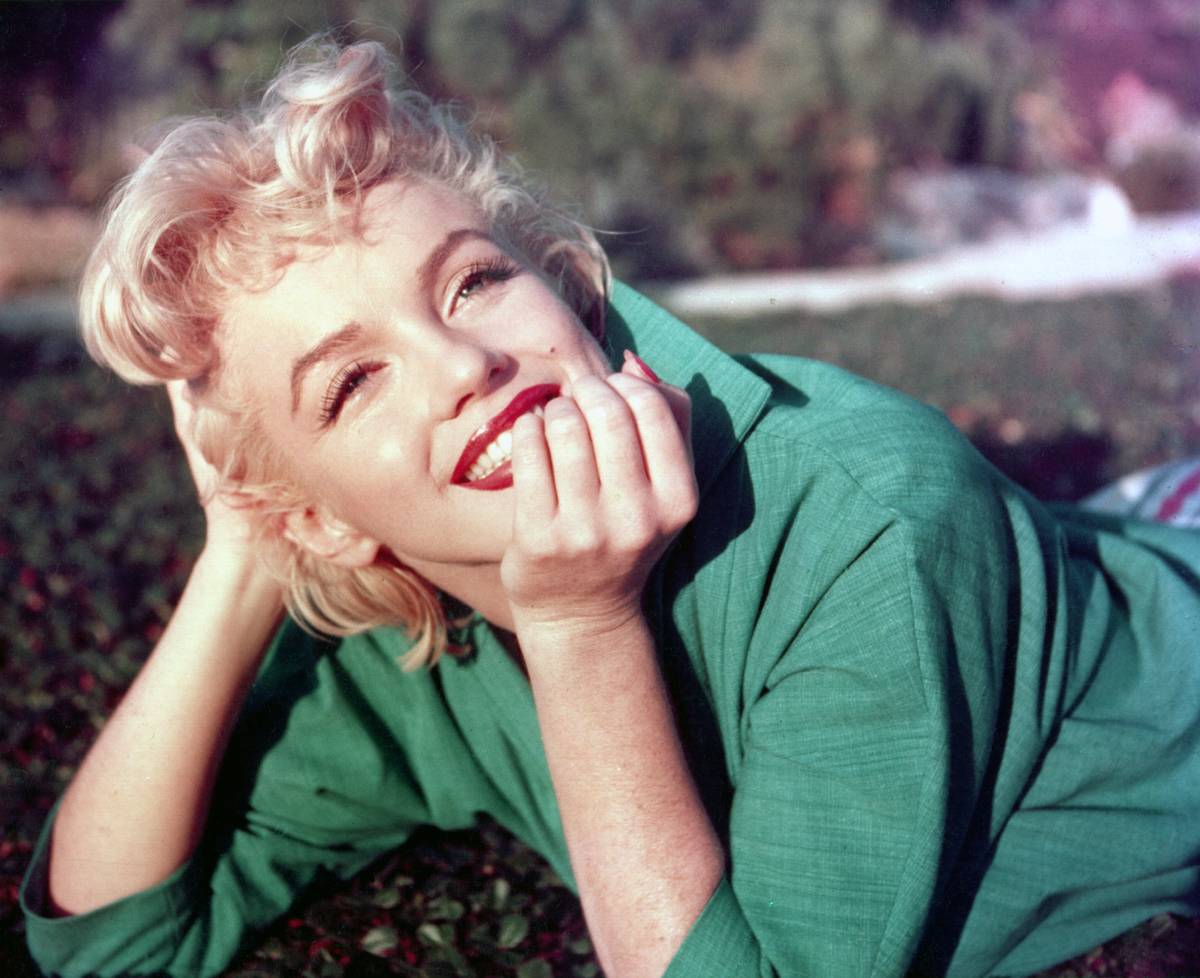
Marilyn Monroe, the iconic Hollywood star, had a surprisingly simple diet. She favored meats and raw carrots, a combination she enjoyed for its balance of protein and nutrients. Steak was a common pairing with her carrots, but lamb chops and liver were also among her preferred choices.
This routine was part of her efforts to maintain her famous figure while staying healthy. Monroe’s choice of meals reflected her pragmatic approach to diet amidst the glamour and demands of her career.
Elvis Presley’s Peanut Butter and Banana Sandwich
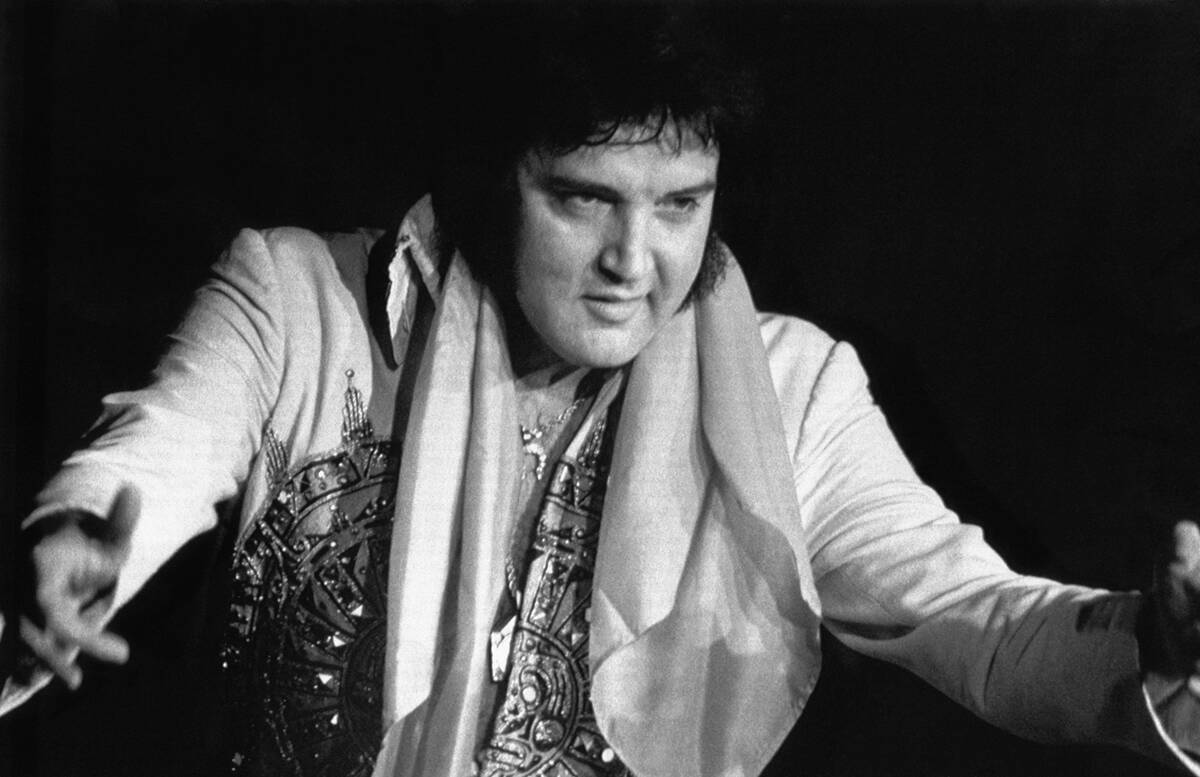
Elvis Presley, the King of Rock and Roll, had a legendary love for peanut butter and banana sandwiches. This indulgent snack was such a favorite of his that he once spontaneously flew to Denver to have a particularly gargantuan version of it called the Fool’s Gold Loaf at a restaurant called the Colorado Mine Company.
Often fried and sometimes garnished with bacon, it reflected Presley’s larger-than-life persona and penchant for comfort food. The sandwich became so synonymous with him that it continues to be a culinary homage to his legacy.
Frida Kahlo’s Mexican Cuisine Passion
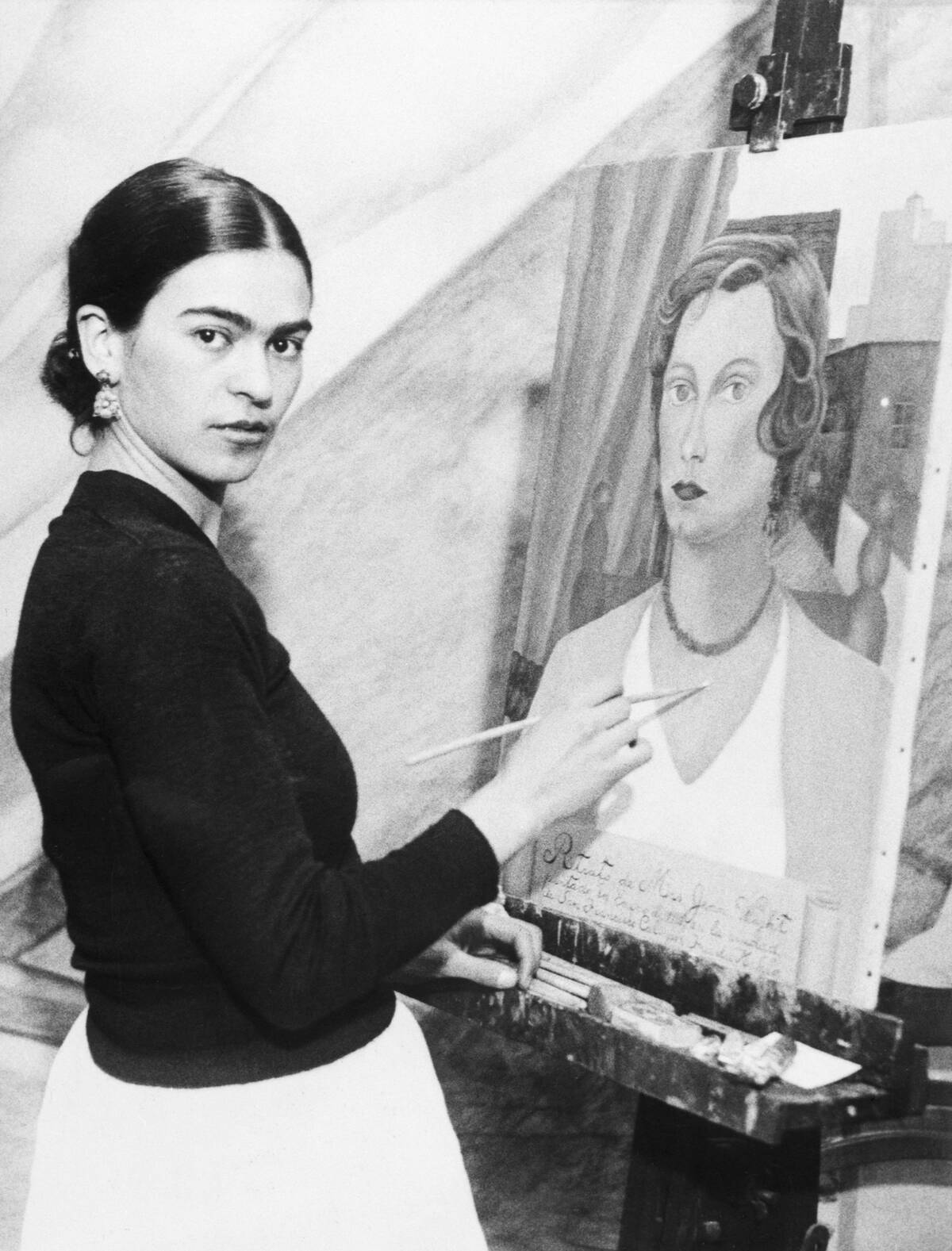
Frida Kahlo, the celebrated Mexican artist, had a deep love for her native cuisine. Known for her vibrant paintings, Kahlo also expressed her creativity in the kitchen, often preparing traditional Mexican dishes.
She loved spicy flavors and fresh ingredients, with a particular fondness for tamales, enchiladas, and mole. Indeed, her special “mole poblano” is as renowned in culinary circles as her paintings are in the art world. Kahlo’s culinary passion was an extension of her cultural pride and artistic expression, making her meals as colorful as her art.



